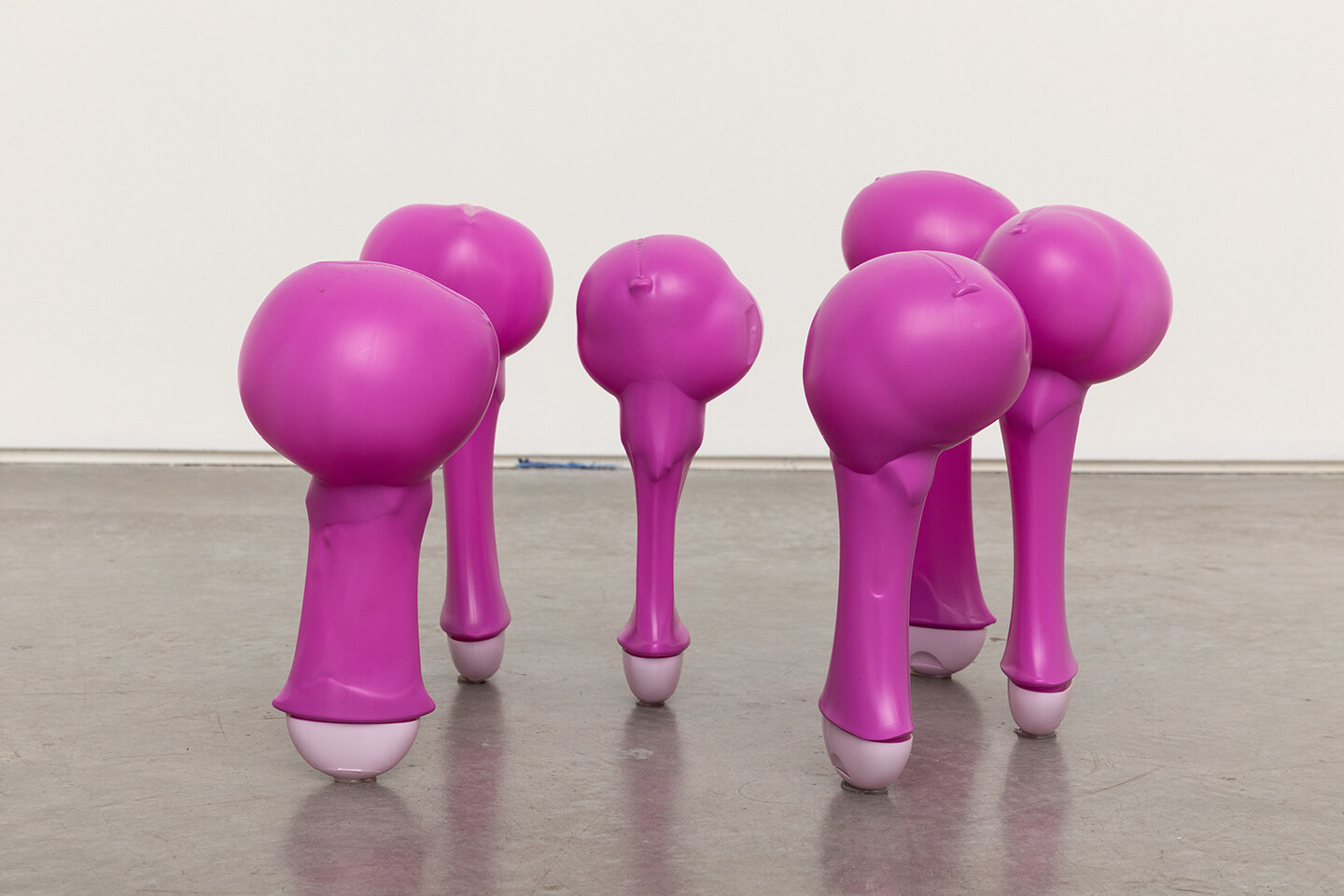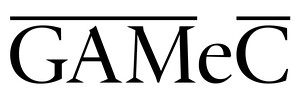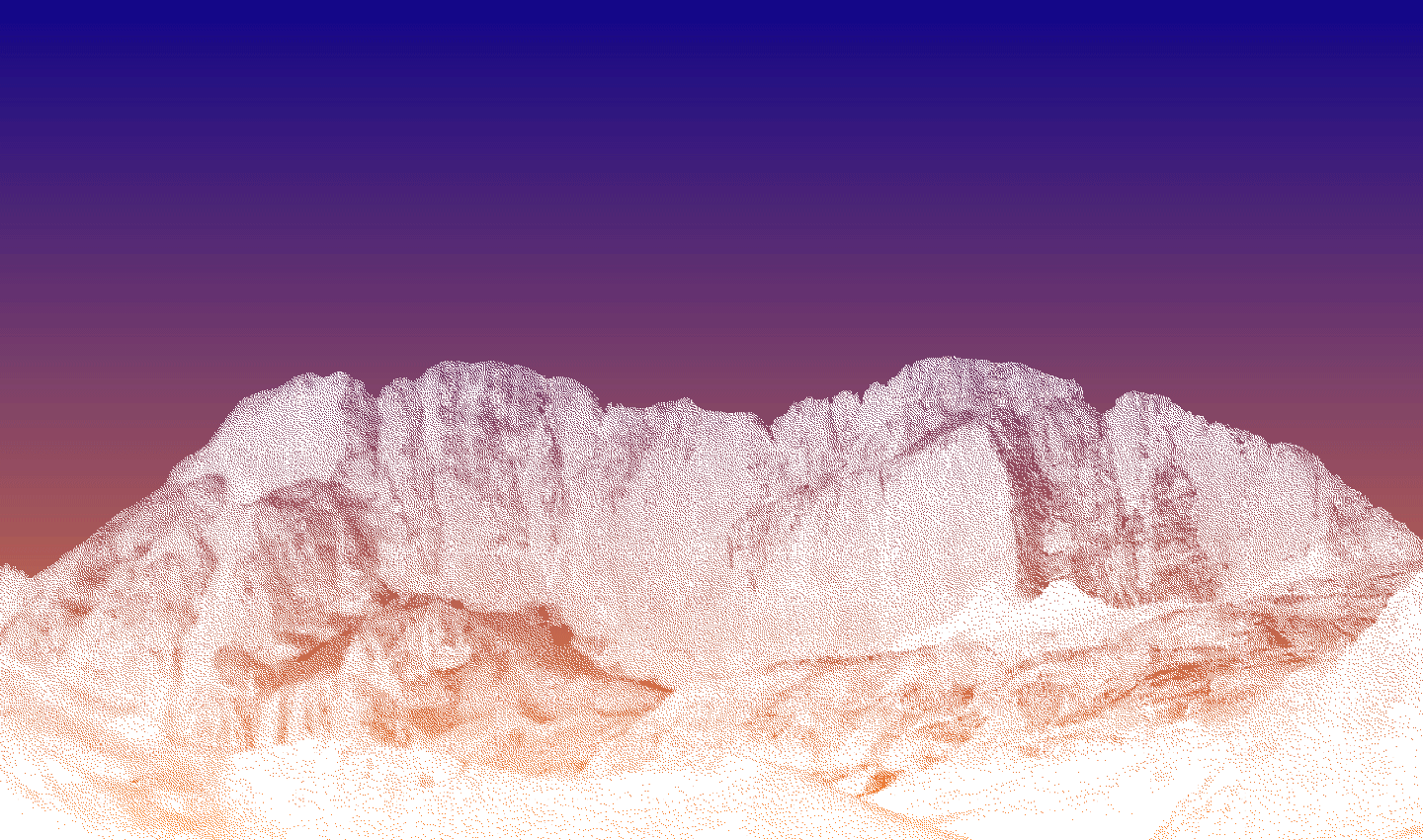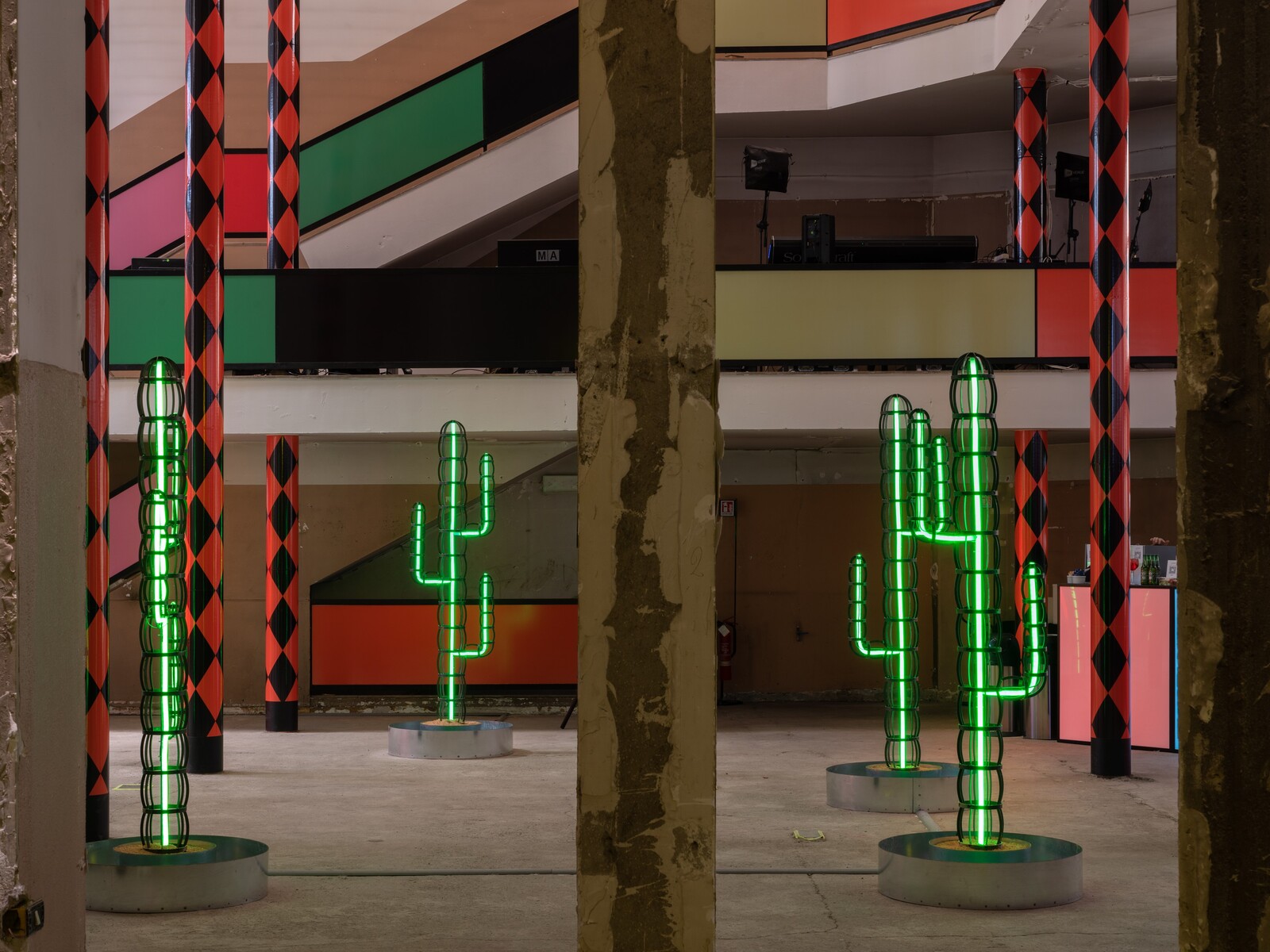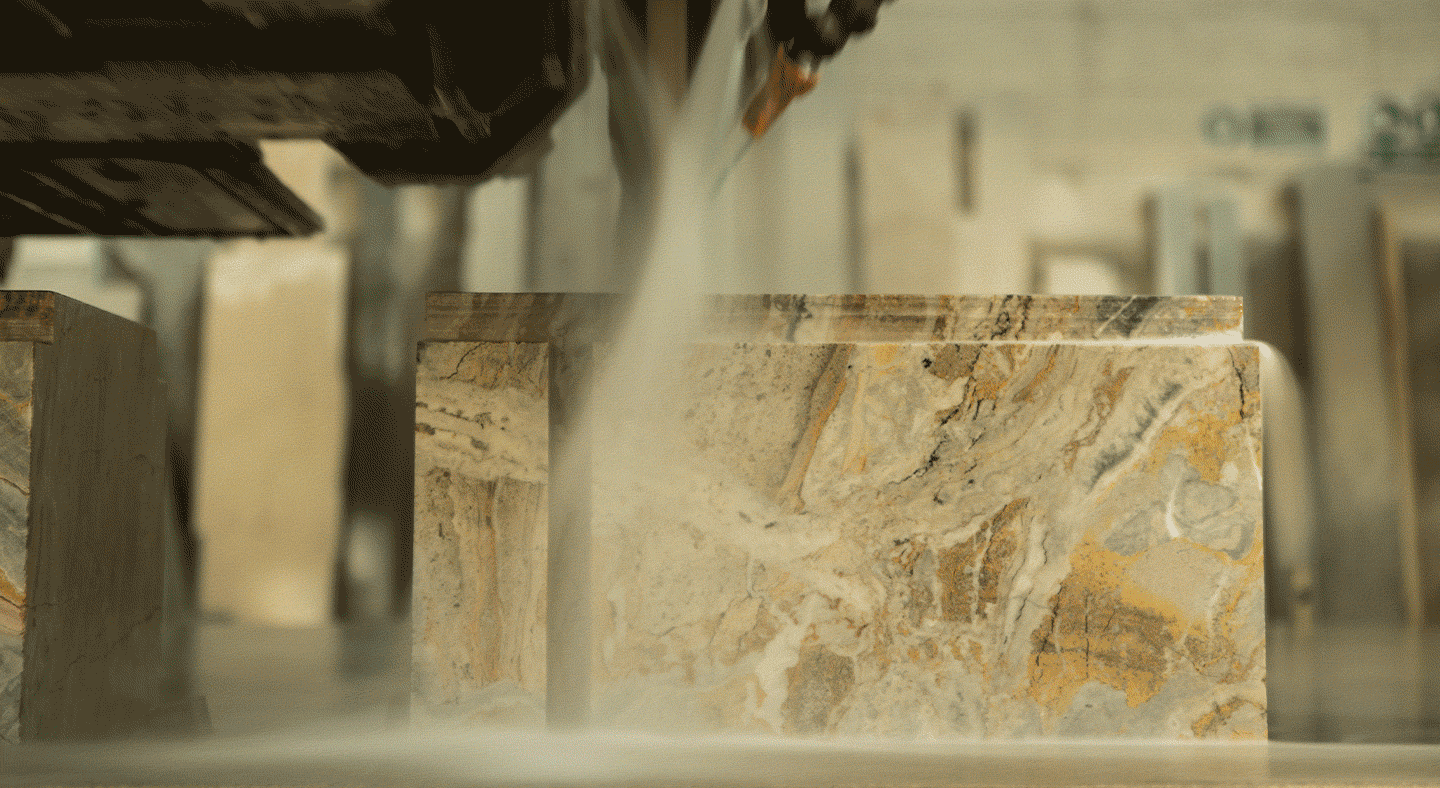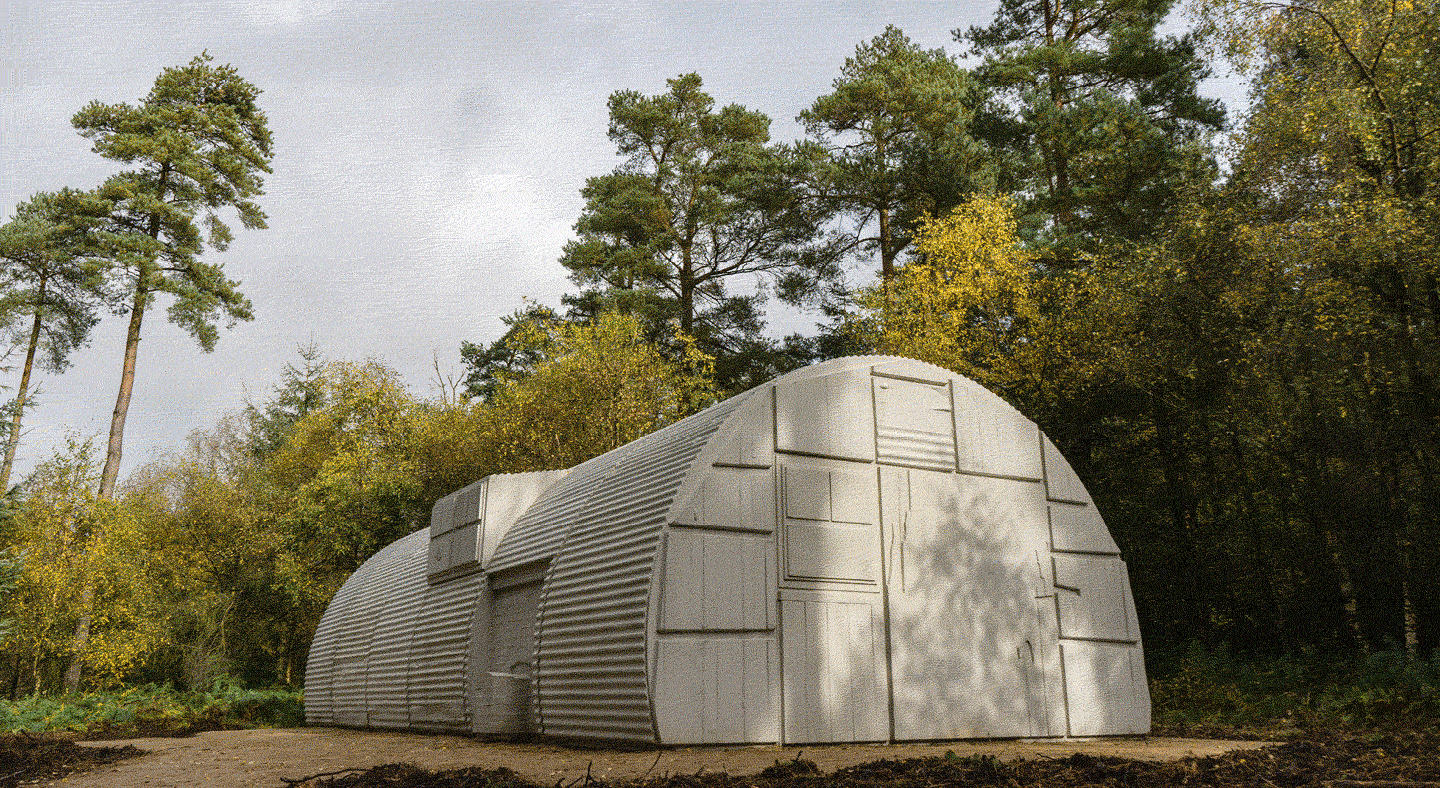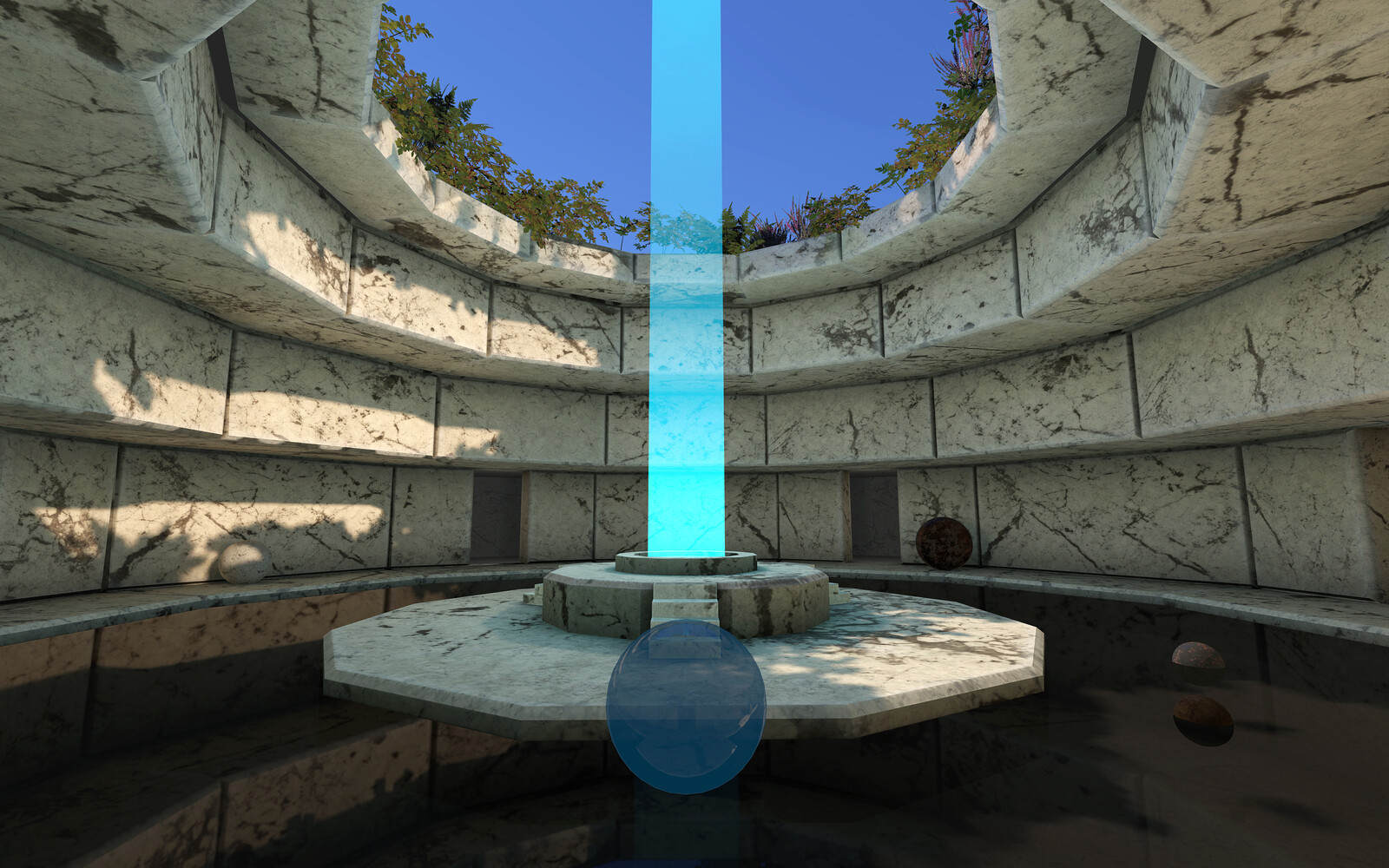October 14, 2021–February 13, 2022
Via San Tomaso, 53
24121 Bergamo
Italy
On October 14, Nothing is Lost: Art and Matter in Transformation opens to the public, curated by Anna Daneri and Lorenzo Giusti. The show is the second chapter in the Trilogy of Matter, a long-term exhibition project begun by the GAMeC in October 2018.
The project involves art historians, curators, philosophers, and scientists, and addresses a transversal debate around the theme of matter, while at the same time activating a dialogue with the history of scientific discoveries and drawing a comparison with the development of aesthetic theories.
The exhibition turns its attention to the work of those artists who, at various times, have investigated the transformation of matter, drawing inspiration from the lives of the elements to develop a reflection on the reality of things, on change, and on time.
“Rien ne se perd” (“nothing is lost”) is the opening to the famous maxim attributed to Lavoisier, with which the French chemist explained the general sense of his law of the conservation of mass, which stated that over the course of a chemical reaction, the sum of the mass of the reactants is equal to the sum of the masses of the substances. Matter, in other words, cannot be created and cannot be destroyed. This fundamental principle would set the stage for a number of founding notions of modernity and hence to the progressively more elaborate belief in matter which is always alive, always present, part of a world in endless transformation.
Nothing is Lost will occupy all the exhibition spaces of the GAMeC, developing an itinerary with a strong sensorial impact, given the material and synesthetic nature of the numerous works on display, on loan from international collections both public and private.
With a rich selection of works, the show provides an articulated framework, one capable of highlighting the strong link which has always bound artists to the chemistry of the elements and the transformation of matter. A field of study and experimentation which in our own era also constitutes a significant declination in terms of a reflection on the impact of human presence on the natural equilibria (from the availability of resources to climate change).
The exhibition will bring together works from various eras, ranging from Dada and Surrealist works, reflecting the interest of various artists—such as Marcel Duchamp, Max Ernst, Man Ray, or Leonora Carrington—in the theme of alchemy, through to creations by some of the leading exponents of the neo-avant-gardes—from Yves Klein to Otto Piene, from Robert Smithson to Hans Haacke—including compositions by artists akin to the poetics of Arte Povera—Pier Paolo Calzolari and Paolo Icaro—sculptural works and installations by artists who emerged in the 1980s—from Rebecca Horn to Liliane Lijn—right up to the latest research of some of the most important international artists of recent generations, such as Olafur Eliasson, Wolfgang Tillmans, Cyprien Gaillard, Mika Rottenberg, Otobong Nkanga, Erika Verzutti, and many others.
The exhibition catalogue will feature texts by the two curators with analyses of the works on show, carried out by art historians and international curators. Each section will be introduced by a text of a scientific nature, looking at the theme of the exhibition from the points of view of expert researchers.
The exhibition will also draw on the collaboration of the Fondazione Meru/Medolago Ruggeri for biomedical research, which between 2013 and 2017—along with the Associazione BergamoScienza and the GAMeC—promoted the prestigious Meru Art*Science Award, fostering art projects linked to the development of scientific research. The new research program—Meru Art*Science Research Program—will finance the creation of a site-specific project for the GAMeC’s “Spazio Zero.” As part of Nothing is Lost, the Swedish-born artist Nina Canell will present a new environmental installation designed to investigate the interface between the organic and inorganic dimensions, amid living and inert material.
The exhibition will be accompanied by a rich program of activities for schools, and a cycle of meetings open to the public, which will witness the participation of scientists, engineers, chemists, art historians, artists, and philosophers.
Artists: Ignasi Aballí, William Anastasi, Isabelle Andriessen, Davide Balula, Lynda Benglis, Alessandro Biggio, Karla Black, Michel Blazy, Renata Boero, Dove Bradshaw, Victor Brauner, Dora Budor, Pier Paolo Calzolari, Nina Canell, Leonora Carrington, Giulia Cenci, Tony Conrad, Tania Pérez Córdova, Lisa Dalfino & Sacha Kanah, Giorgio de Chirico, Edith Dekyndt, Marcel Duchamp, Olafur Eliasson, Leandro Erlich, Max Ernst, Joana Escoval, Cerith Wyn Evans, Lars Fredrikson, Loïe Fuller, Cyprien Gaillard, Pinot Gallizio, Hans Haacke, Roger Hiorns, Rebecca Horn, Roni Horn, Paolo Icaro, Bruno Jakob, Yves Klein, Gary Kuehn, Liliane Lijn, Gordon Matta-Clark, David Medalla, Ana Mendieta, Otobong Nkanga, Jorge Peris, Otto Piene, Man Ray, Pamela Rosenkranz, Mika Rottenberg, Namsal Siedlecki, Roman Signer, Robert Smithson, Gerda Steiner & Jörg Lenzlinger, Yves Tanguy, Wolfgang Tillmans, Erika Verzutti, Andy Warhol

